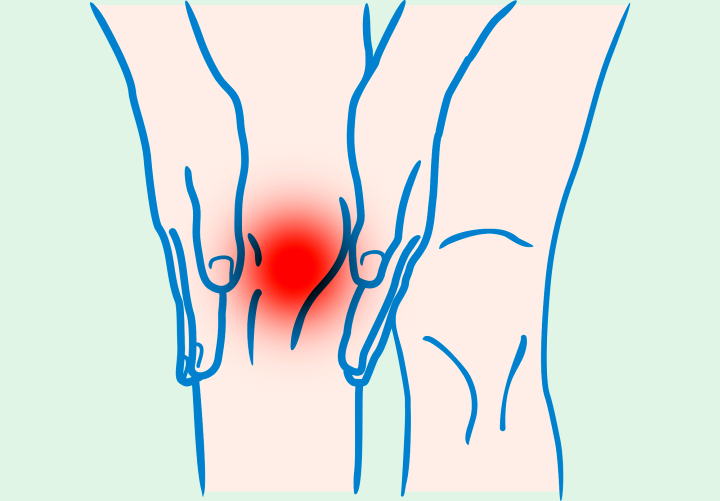To provide services at the highest level, we use cookies. Using the website requires you to choose settings related to their storage on your device. If you want to know what each type of cookie is used for, click the Details button below.
Rheumatism (RA) – symptoms, causes, treatment20 marca 2022 |

As a rule, rheumatism is not a disease that can be completely cured. It is a chronic condition that can lead to permanent damage to joints and other tissues. Therefore, the main goal of treating rheumatism is to continuously monitor symptoms and slow down the progression of the disease.
Currently available treatment methods for rheumatism primarily focus on relieving pain, reducing inflammation, and maintaining joint mobility. The foundation of rheumatoid therapy includes anti-inflammatory drugs, especially nonsteroidal anti-inflammatory drugs (NSAIDs). Disease-modifying antirheumatic drugs (DMARDs) are also used, which directly affect the immune system and inhibit inflammatory processes.
Physiotherapy and rehabilitation also play a significant role in the treatment of rheumatism. Exercises aimed at strengthening the muscles around the joints and improving mobility and physical fitness are essential. These exercises help reduce pain and ultimately contribute to improving the patient's quality of life.
When pharmacological treatment and rehabilitation do not provide sufficient improvement, surgical treatment may be considered. Surgical procedures for rheumatoid arthritis often involve arthroscopy, but may also include endoprosthesis implantation or tissue removal if they are severely damaged.
Each patient with rheumatism is unique, so the effectiveness of treatment may vary depending on individual factors as well as the severity of the disease. Therefore, early detection and appropriate treatment are crucial in controlling symptoms and delaying disease progression.
It is also important to maintain a healthy lifestyle, including proper sleep hygiene and regular physical activity. For rheumatism, a healthy diet and avoiding substances, including alcohol and cigarettes, are also important. Furthermore, collaborating with a rheumatologist who can implement an appropriate treatment plan and monitor the disease is essential.
Rheumatism, also known as rheumatoid arthritis (RA), is a chronic autoimmune disease characterized by persistent inflammation of the joints. Currently, rheumatism is one of the most common diseases.
Rheumatism is not fully curable. However, the symptoms of rheumatism can be controlled, and its progression can be slowed down. Holistic treatment approaches that combine pharmacology and physiotherapy are commonly used. Additionally, individuals with rheumatism are often advised to seek the help of a psychologist.
To determine if someone has rheumatism, it is necessary to consult a doctor. A specialist can conduct a medical interview, physical examination, and order laboratory and imaging tests. These often include assessing the concentration of uric acid in the blood and the presence of rheumatoid factor (RF). The Waaler-Rose reaction is also evaluated. Magnetic resonance imaging is often recommended as the best imaging test.
Rheumatism can occur at any age, but it most commonly begins after the age of 30. Typically, the first symptoms of rheumatism appear before the age of 50. However, rheumatism is increasingly affecting younger individuals, including children who are diagnosed with juvenile idiopathic arthritis.
Symptoms of rheumatism can include joint pain and swelling, morning stiffness, weakness, fatigue, fever, and loss of appetite. People with rheumatism may also experience skin problems, heart and lung issues, and problems with other organs. The symptoms can vary depending on the individual case and the severity of the disease. Sometimes, the initial signs of rheumatism are nonspecific and require further diagnostic evaluation.